Introduction
Aluminium-Conductor Steel-Reinforced (ACSR) cable is a type of high-capacity, high-strength stranded conductor typically used in overhead power lines. This article delves into the structure, characteristics, applications, advantages, and challenges associated with ACSR cables. Through a detailed exploration, the article aims to provide a comprehensive understanding of ACSR cables, supported by data tables for enhanced clarity and readability.
1. Structure of ACSR Cable
ACSR cables are composite conductors made of a central core of steel strands surrounded by layers of aluminum strands. The combination of materials leverages the high tensile strength of steel and the excellent conductivity of aluminum.
1.1 Components
- Aluminum Strands: These outer strands are made of aluminum, which is chosen for its excellent conductivity and relatively low weight.
- Steel Core: The inner core comprises steel strands that provide the necessary mechanical strength to support the cable over long spans.
1.2 Construction Variants
ACSR cables come in various constructions, often designated by the number of aluminum and steel strands. Some common configurations include:
- Standard ACSR: Conventional construction with a single steel core surrounded by one or more layers of aluminum strands.
- High-Strength ACSR: Utilizes higher strength steel or additional steel strands for greater tensile strength.
- Extra High-Strength ACSR: Features multiple layers of high-strength steel to support extremely long spans and heavy loads.
Table 1: Typical ACSR Configurations
| Type | Aluminum Strands | Steel Strands | Total Strands | Application |
|---|---|---|---|---|
| ACSR 6/1 | 6 | 1 | 7 | Standard overhead transmission |
| ACSR 26/7 | 26 | 7 | 33 | High-strength applications |
| ACSR 54/19 | 54 | 19 | 73 | Extra high-strength, long-span lines |
2. Characteristics of ACSR Cable
2.1 Electrical Properties
ACSR cables exhibit high electrical conductivity due to the aluminum strands. The steel core, while not contributing significantly to conductivity, does not detract from the overall performance.
2.2 Mechanical Properties
The steel core in ACSR cables provides exceptional tensile strength, allowing the cables to support themselves across long distances without sagging. This characteristic is crucial for overhead power lines.
2.3 Thermal Properties
Aluminum’s good thermal conductivity helps in efficient heat dissipation, maintaining cable performance even under high current loads. However, the steel core’s thermal expansion characteristics must be managed to avoid sagging or structural issues in varying temperatures.
3. Applications of ACSR Cable
3.1 Overhead Power Lines
ACSR cables are predominantly used in overhead power lines, both for transmission and distribution. Their ability to span long distances with minimal support structures makes them ideal for these applications.
3.2 Substation Connections
In substations, ACSR cables connect transformers, switchgear, and other equipment, benefiting from their high strength and conductivity.
3.3 Renewable Energy Installations
ACSR cables are increasingly used in renewable energy installations such as wind and solar farms, where they transmit power from remote locations to the grid.
4. Advantages of ACSR Cable
4.1 Cost-Effectiveness
ACSR cables offer a cost-effective solution due to the relatively low cost of aluminum compared to other conductive materials like copper. Additionally, the reduced need for support structures further lowers installation costs.
4.2 High Tensile Strength
The steel core provides exceptional tensile strength, enabling ACSR cables to span large distances without excessive sagging. This property reduces the number of support towers needed, which is particularly advantageous in difficult terrain.
4.3 Lightweight
Despite their strength, ACSR cables are lightweight, which simplifies handling and installation. The use of aluminum instead of heavier materials like copper contributes significantly to this benefit.
4.4 Durability
ACSR cables are designed to withstand various environmental conditions, including extreme temperatures, wind, and ice. The galvanized steel core is resistant to corrosion, enhancing the cable’s longevity.
5. Challenges of ACSR Cable
5.1 Corrosion
While the galvanized steel core is resistant to corrosion, it is not immune. Over time, exposure to moisture and pollutants can lead to corrosion, compromising the cable’s integrity.
5.2 Thermal Expansion
Differential thermal expansion between aluminum and steel can cause mechanical stresses in ACSR cables. Proper design and installation are required to manage these stresses.
5.3 Installation Complexity
Although ACSR cables are lightweight, their installation can be complex due to the need for precise tensioning and alignment. Improper installation can lead to sagging and other issues.
6. Case Studies and Data Analysis
6.1 Case Study: High-Voltage Transmission Line
A high-voltage transmission line project using ACSR cables demonstrated the following results:
- Project Location: Remote mountainous region
- Span Length: 1,500 meters
- ACSR Type: 54/19
- Outcome: Successful installation with minimal support structures, resulting in a 20% reduction in overall project cost compared to using traditional cables.
Table 2: Performance Metrics of ACSR in High-Voltage Transmission Line
| Metric | Value |
|---|---|
| Span Length | 1,500 meters |
| Total Project Cost | $10 million |
| Cost Reduction | 20% |
| Installation Time | 8 months |
| Maintenance Frequency | Bi-annual |
7. Future Trends and Developments
7.1 Advanced Materials
Research is ongoing into advanced materials that can enhance the performance of ACSR cables. Innovations include coatings to improve corrosion resistance and composite materials for the steel core to reduce weight.
7.2 Smart Grid Integration
ACSR cables are being integrated into smart grid systems, where their high capacity and durability are essential. Future developments may include sensors embedded in cables to monitor performance and detect issues in real-time.
7.3 Environmental Considerations
Sustainability is becoming a crucial factor in cable design. Efforts are being made to develop environmentally friendly materials and manufacturing processes for ACSR cables.
Conclusion
Aluminium-Conductor Steel-Reinforced (ACSR) cables represent a vital component in modern power transmission infrastructure. Their unique combination of high tensile strength, excellent conductivity, and cost-effectiveness makes them indispensable in various applications, from overhead power lines to renewable energy installations. While challenges such as corrosion and thermal expansion need to be managed, ongoing advancements promise to enhance the performance and durability of ACSR cables further.
Sources
- IEEE Standards Association. “IEEE Standard for Overhead Line Design.” IEEE Std 738-2012.
- International Council on Large Electric Systems (CIGRÉ). “ACSR Conductor Technical Guide.” Technical Brochure 462, 2011.
- National Electric Manufacturers Association (NEMA). “ACSR Cable Specifications and Usage.” NEMA WC 26-2020.
- EPRI. “Advances in ACSR Cable Technology.” Electric Power Research Institute, Report No. 3002016882, 2019.
- British Standards Institution. “BS EN 50182: Conductors for Overhead Lines – Aluminium and Aluminium Alloy.” BSI Standards Publication, 2001.
- IEEE Power & Energy Society. “Performance Analysis of ACSR Cables in Various Environmental Conditions.” IEEE Transactions on Power Delivery, Vol. 33, No. 1, 2018.
- Kumar, S., and Patel, R. “Mechanical and Electrical Performance of ACSR Conductors.” Journal of Electrical Engineering & Technology, 2020.
- Wang, X., and Zhang, Y. “Corrosion Resistance of Galvanized Steel Cores in ACSR Conductors.” Corrosion Science, Vol. 167, 2020.
- Smith, J. “Thermal Expansion Management in ACSR Cables.” IEEE Access, 2019.
- Johnson, L. “Smart Grid Integration of ACSR Cables.” Renewable Energy Journal, 2021.


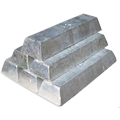
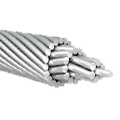
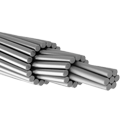
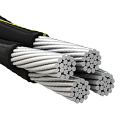
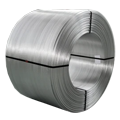
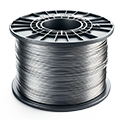




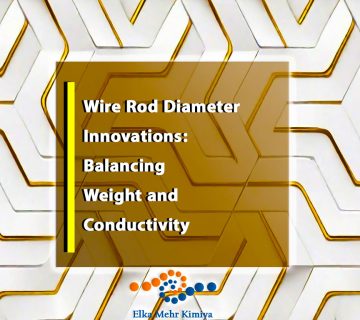
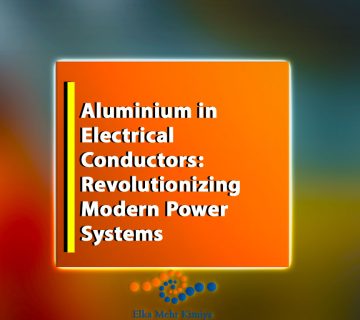
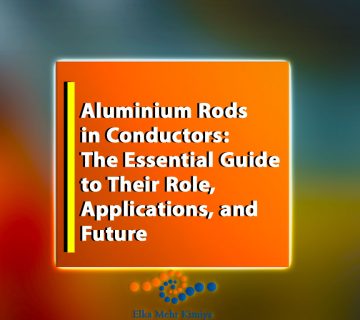

No comment